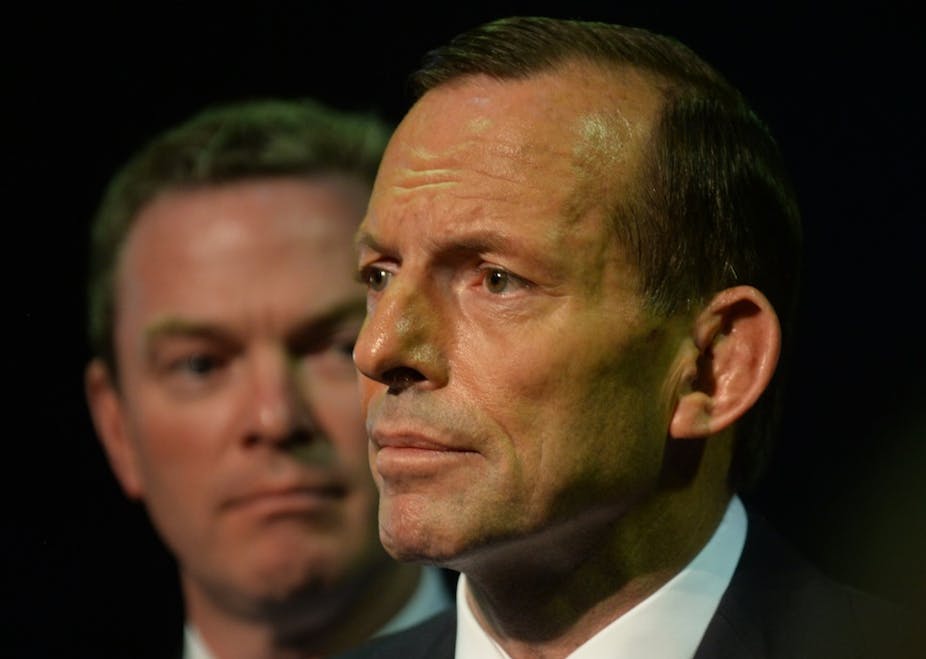The economic promises of both the Coalition and the ALP rely on two “big taxes”: the mining tax and the carbon tax.
This week, the Coalition revealed what it believes it will save from abolishing them both; $4.7 billion from the mining tax and $7.5 billion from the carbon tax over the next four years.
In contrast, the Labor party would rely on revenue raised from the sale of CO2 permits once it moves to an emmissions trading scheme as an important source of revenue to fund its promises, as well as the 22% mineral resource rent tax (MRRT) on iron ore and coal.
Just how realistic are either of these outcomes for both parties? To answer this, it is necessary to revisit the four year revenue forecasts for both taxes outlined in the Pre-Election Economic and Fiscal Outlook (PEFO), released by Treasury Secretary Martin Parkinson and Finance and Regulation Secretary David Tune in early August.
In fairness, the PEFO document explicitly states there is much uncertainty about these revenue forecasts, and they report some sensitivity evaluations.
But I would argue that the PEFO revenue forecasts and projections for the next four years are very much on the optimistic side. Lower revenue outcomes will have wildly different impacts for each party: it would add to the budget deficit bottom line for Labor and improve it for the Coalition policy package.
Carbon Pricing
In one of his first acts upon resuming the prime ministership in July, Kevin Rudd announced Labor would replace the current fixed price emissions tax on CO2 with a variable price emissions trading scheme. Australian polluters would also have the right to purchase European tradable permits leading to a similar price for Europe. One consequence of the policy shift forecast by PEFO is a large drop in the carbon price from $24.20 to about $6 a tonne of CO2 from July 2014.
PEFO then forecast a doubling of the carbon price to $12.50 in 2015-16 and further increases to $38 by 2019-20 (page 55). The carbon prices and expected revenue reported in PEFO are below:

But such rapid increases in the price of carbon, and the associated increases in government tax revenue are simply not credible.
The sharp fall in carbon price recognises a shift to an emissions trading scheme with an integrated European and Australian market. The larger European market largely sets the price, and Australia becomes a net purchaser of cheaper European permits to pollute.
Highly arguable is PEFO’s assumption that the joined European-Australian permits market will result in very sharp price increases over the next few years.
The high price increases are predicated on modelling reported by Treasury in its 2011 “Strong Growth, Low Pollution” report. While the model and derived prices for carbon are logical for the assumptions, the assumptions do not accord with reality.
The modelling assumes a target of holding the global stock of CO2 to under 550 parts per million and that there is a global agreement to meet this target. Realistically, the probability of a binding global agreement in the next few years is almost zero. The assumption of a comprehensive base for pricing carbon also is unrealistic. For example, Europe places a price on less than a half of its emissions and Australia only 60%.
An important result of the modelling by Treasury, and as argued in the Garnaut reports of 2008 and 2011, is if one allows banking of permits to pollute over time, the price of permits will rise by about the long-term interest rate.
In short, the PEFO forecasts for a doubling of price from 2014-15 to 2015-16, and then a further 50% increase in the next year has to be a finance arbitrager’s easiest opportunity to become an over-night millionaire.
Mining Resource Rent Tax
As a tax on economic rent, revenue from the MRRT will vary widely over time and large forecast errors are inevitable. Higher revenue will be associated primarily with high prices for iron and coal.
Increased production also adds to revenue, but since less well-endowed mines with higher unit costs and lower economic rent come on line the MRRT revenue gains are constrained. Further, the states have first call on royalty revenues, and they have shown a willingness to increase royalty rates, with resulting less MRRT revenue in good times.
The table below shows the estimates provided in PEFO of MRRT revenue and the terms of trade, with prices of mining products being an important (but far from the only) driver.

Current prices of coal and iron ore are still well above historical levels, at least double those of the early 2000s, but also below the peak prices around 2011, according to figures from the Bureau of Resources and Energy Economics.
Extra production from the mining investment boom across all producers, and not just Australia, is only beginning to add to supply and push prices down to lower levels. A cyclical downturn of China and other large Asian importers, or the usual cob-web over-supply experienced with previous commodity cycles, which would push prices much lower for a period, cannot be ruled out.
As shown in Appendix D of PEFO, a further fall in the terms of trade of just another four percentage points would reduce resource rent taxes revenue in the forecast years by about a half of the revenue shown in Table 2.
Concluding: future returns from the carbon price and MRRT will be variable, and difficult to estimate; the PEFO estimates for the next four years are optimistic, and lower returns than the PEFO projections detract from the Labor policy budget bottom line and improve for the Coalition policy package.

